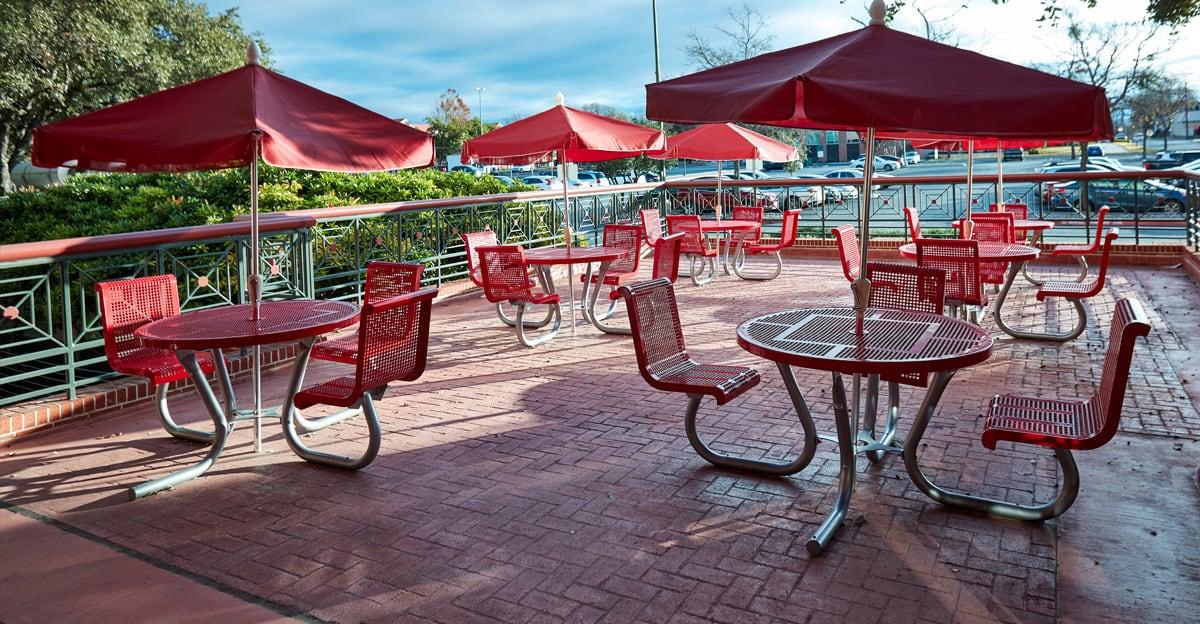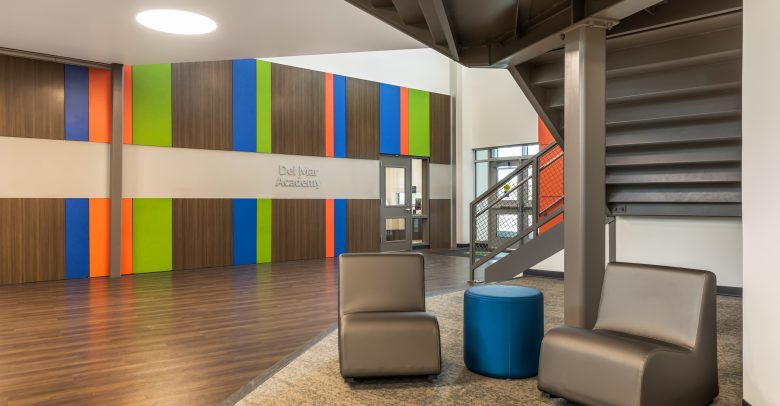Outdoor spaces offer numerous opportunities to extend student learning, and research suggests there are both educational and health-related benefits to outdoor learning.
Breathing fresh air can clear students’ minds and help them think by increasing the amount of oxygen their brains receive. Being outside can reduce stress and improve students’ emotional well-being, and exposure to natural sunlight helps prevent vitamin D deficiency—making students less vulnerable to bone problems, cardiovascular disease, diabetes, and other health issues. What’s more, research has shown that children with ADHD respond positively to spending time in natural settings.
Educators can take advantage of outdoor settings to teach students about subjects like science or conservation in a hands-on manner. Nature walks, collection or measurement stations, working gardens, and greenhouses are all scenarios in which students can engage in applied learning, observing the effects of nature first-hand.
Alternatively, outdoor learning spaces can simply be places where students have a chance to sit outside and learn, socialize, eat, relax, or work collaboratively. This might happen within an outdoor patio, courtyard, pavilion, or other space.
When furnishing outdoor learning spaces, use furniture that is weather-resistant and designed for outdoor use. Fabrics can retain moisture and are most effective if the space is sheltered from rain.
Outdoor Learning
When the Flora Community School District in Flora, Illinois, built a new elementary school, administrators sought to include areas for outdoor learning and collaboration, and a massive playground was built alongside the school buildings. The playground is divided into two halves by a shaded, common space that includes a variety of sturdy, weatherproof benches and picnic table seating.
Open to all ages and grade levels, this common outdoor space serves as both a social and educational area, and many teachers use it to stimulate creativity through learning activities outside the classroom.
Engineered wood fiber was used as a safety surface in the playgrounds and the common area, and these spaces all have plastic border timbers and wheelchair ramps.
To learn more about creating a continuous learning culture through smart learning space design, download our free guide: “Learning Beyond the Classroom: How to Make Every Space a Learning Space.”
Download the Free Guide





We would love some assistance with designing an outdoor learning space for our school. Please contact me as soon as you can if you can help.
I have passed your email along to the sales person who can best assist you. Thanks for your comment! – Maureen